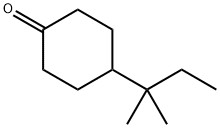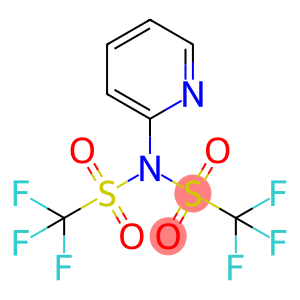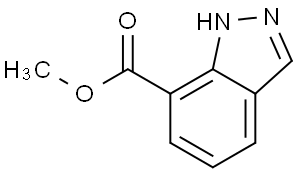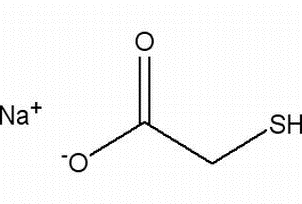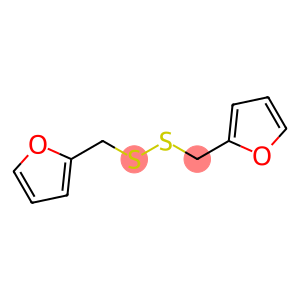gamma-Octanoic lactone(CAS#104-50-7)
| Hazard Symbols | Xi – Irritant |
| Risk Codes | 38 – Irritating to the skin |
| Safety Description | S26 – In case of contact with eyes, rinse immediately with plenty of water and seek medical advice. S37/39 – Wear suitable gloves and eye/face protection S36/37/39 – Wear suitable protective clothing, gloves and eye/face protection. |
| WGK Germany | 1 |
| RTECS | LU3562000 |
| TSCA | Yes |
| HS Code | 29322090 |
| Toxicity | LD50 orl-rat: 4400 mg/kg FCTXAV 14,821,76 |
Introduction
Gamma octinolactone is also known as 2-octinolactone. The following is an introduction to the properties, uses, preparation methods, and safety information of gamma octinolactone:
Quality:
- Appearance: Colorless liquid
- Solubility: Miscible with many organic solvents
- Flammability: is a flammable liquid
Use:
- It can also be used as an ingredient in coatings, cleaners, and artificial fragrances.
Method:
Agamagnyllactone is usually prepared by esterification. A commonly used preparation method is to esterify caprylic acid (C8H16O2) and isopropanol (C3H7OH) under the action of an acid catalyst to generate gamma octyrolactone.
Safety Information:
- Glutaminolactone is a flammable liquid and should be kept away from open flames and high temperatures.
- Maintain good ventilation when using gamma octinolactone and avoid inhaling its vapors.
- Exposure to gamma octinolactone may cause eye and skin irritation, so wear protective gloves and goggles when handling the procedure.
- During use and storage, care should be taken to avoid contact with strong oxidants and strong acids to avoid chemical reactions.
- Proper processes and safe operating procedures should be followed when handling gamma octinolactone to ensure personal safety and environmental protection.



